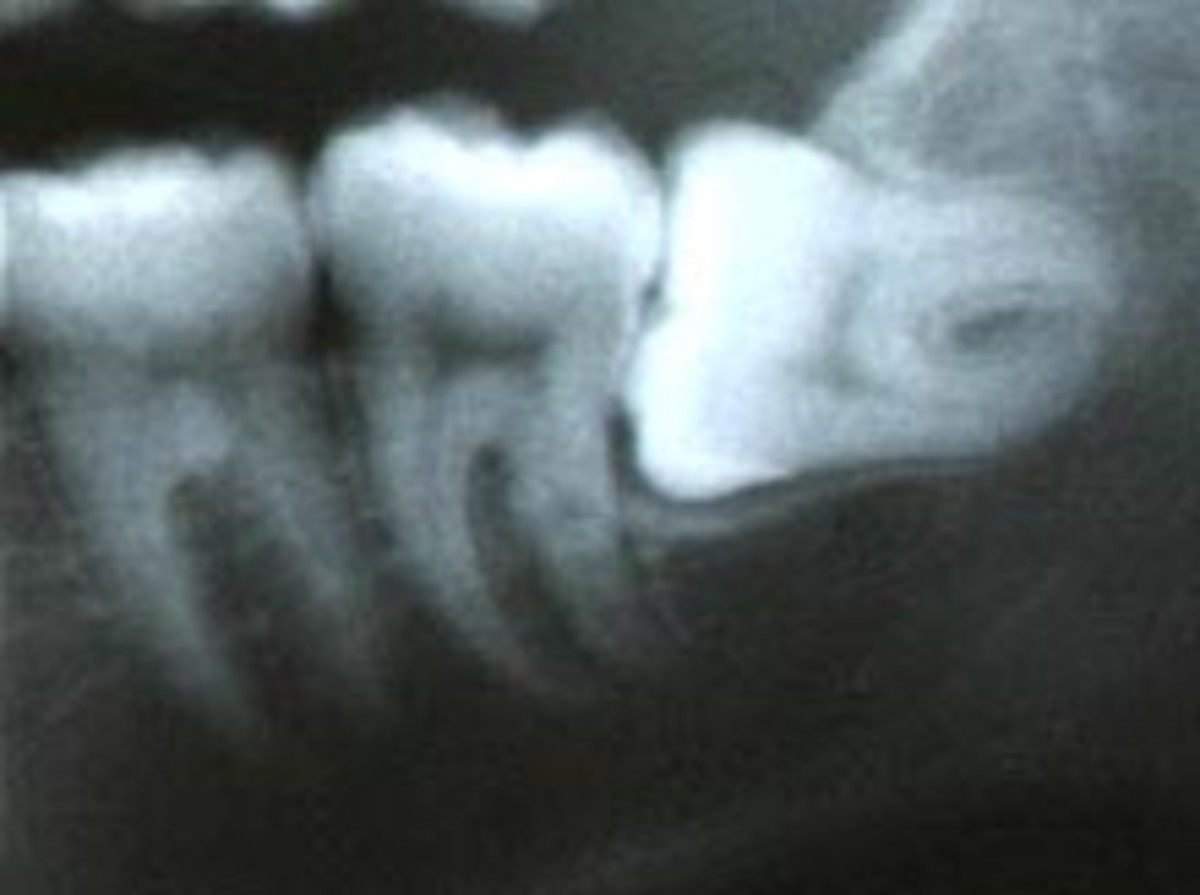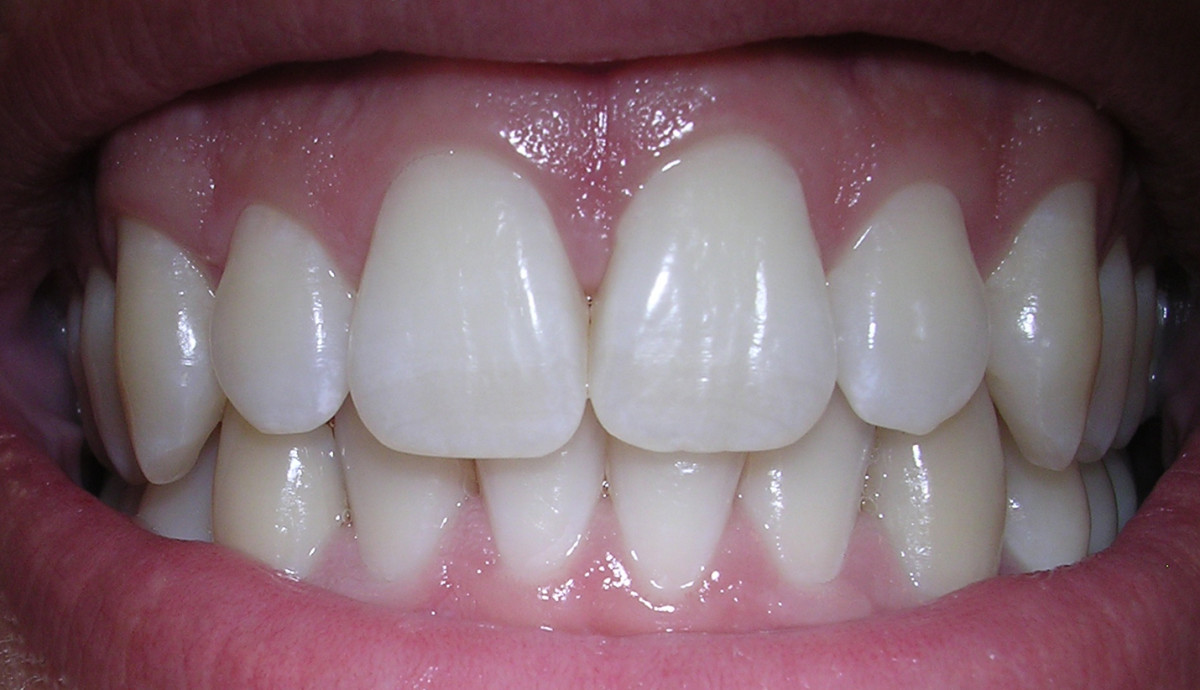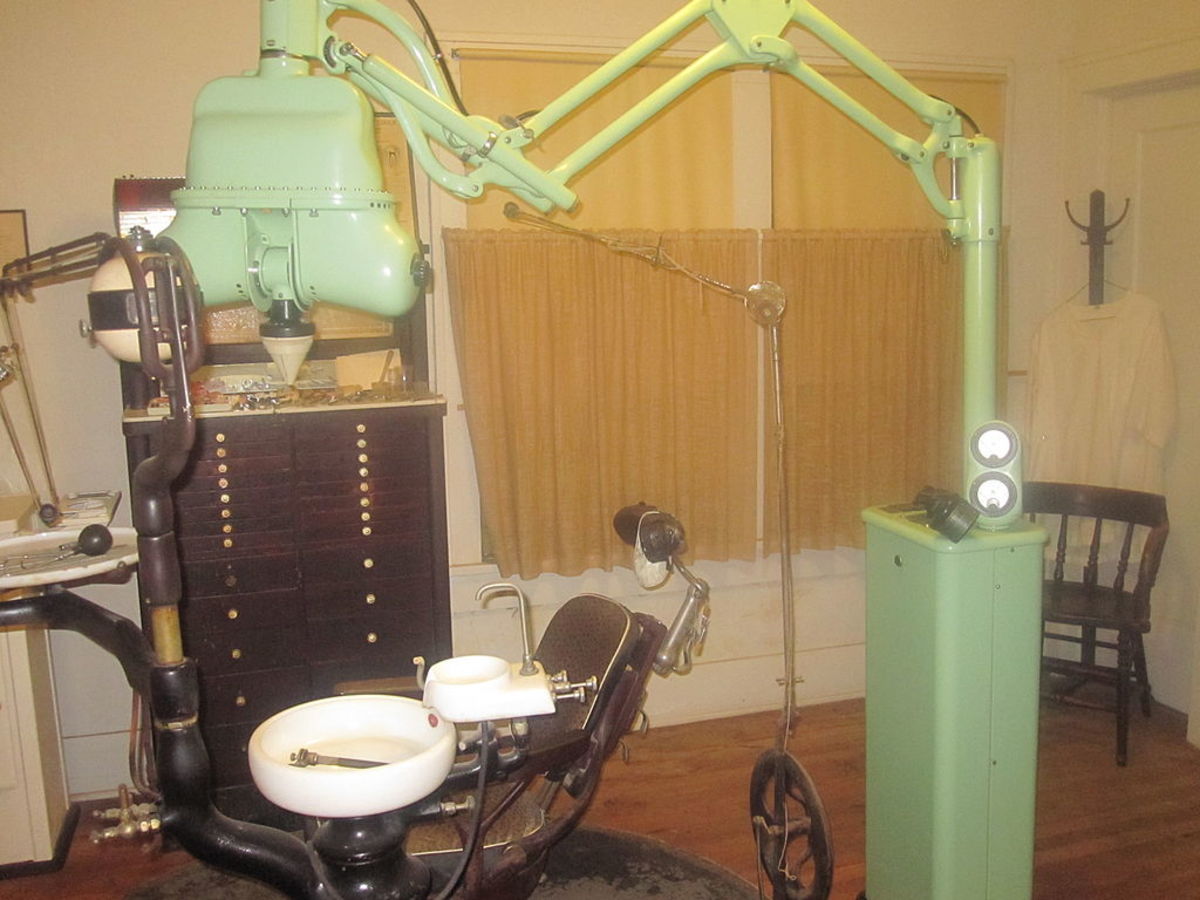How to reduce swelling after a minor oral surgery
Oral surgeries including dental extractions could lead to swelling in and around the site of the procedure. The swelling usually appear within the first 24 hours and could last up to 5 – 7 days. Once the swelling starts to subside, the swelled area may appear bruised and it may last up to 10 days until the surrounding tissues appear normal. However, it is possible to reduce the amount of swelling as well as the duration it lasts, by making use of several methods. However, unless such methods are used properly at the correct time, it may increase the swelling or lead to complications.
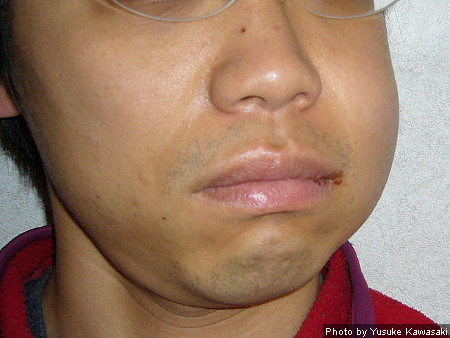
What are the important principles in managing swelling after minor oral surgery?
In most instances, the swelling related to a minor oral surgery should start to subside by 48 hours. However, if the swelling continues to increase even after 2 days, one should not waste time by using swelling reduction techniques but should request the advice of a health care professional, preferably the dentist or the oral surgeon, to exclude any complications related to the surgery.
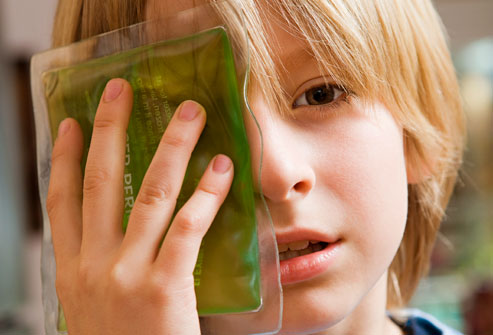
What are the steps in managing swelling in the first 24 hours after a minor oral/dental surgery?
Within the first 24 hours, the site of the surgery is very fragile and therefore should not be tampered with unnecessarily. However, in order to reduce the swelling, one could apply cold compressions over the surgical site or over the swelling. The cold compressions could consist of ice wrapped in a towel or frozen vegetables such as peas also wrapped in a towel. By wrapping, it ensures that the extreme cold do not cause damage to the skin or the mucosa in comparison to when it is applied directly over such surfaces. Furthermore, the applications of cold compressions should be done at 10-minute intervals and therefore after applying the cold compressions continuously for 10 minutes, one should remove the applications for another 10 minutes before re-applying.
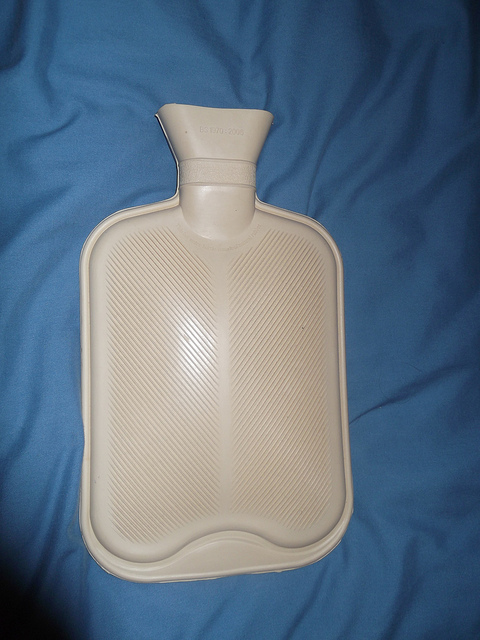
What are the steps in managing swelling after the first 24 hours?
In the second day of the surgery, the cold compression should be changed with application of something warm. This could be a hot water bottle wrapped in a towel or a heating pad wrapped in a towel. As with applying cold compression, one should avoid applying heat directly over the skin or over the mucosa and the use of extreme heat, which could burn the skin or the mucosa on application. The principle behind applying warmth over the swelling in the second day is to improve the circulation and therefore to ease the swelling.
What medications will reduce swelling after such procedures?
Anti-inflammatory medications have shown to reduce swelling following minor dental procedures. However, it is better to consult ones doctor before taking such medications as it can cause side effects among susceptible individuals, which may adversely affect the healing of the surgical wound.

How does food help to reduce the potential for swelling?
In some instances, choosing solids foods to eat soon after a minor dental surgery may contribute to increase the swelling. Thus, it is better to eat soft solids and liquid foods without straining the tissues surrounding the surgical site until it can tolerate such foods.


